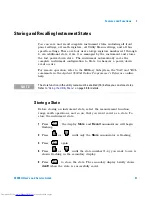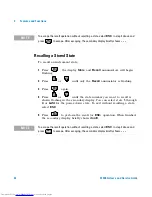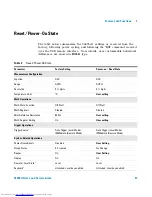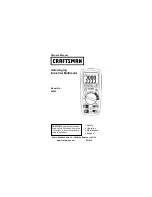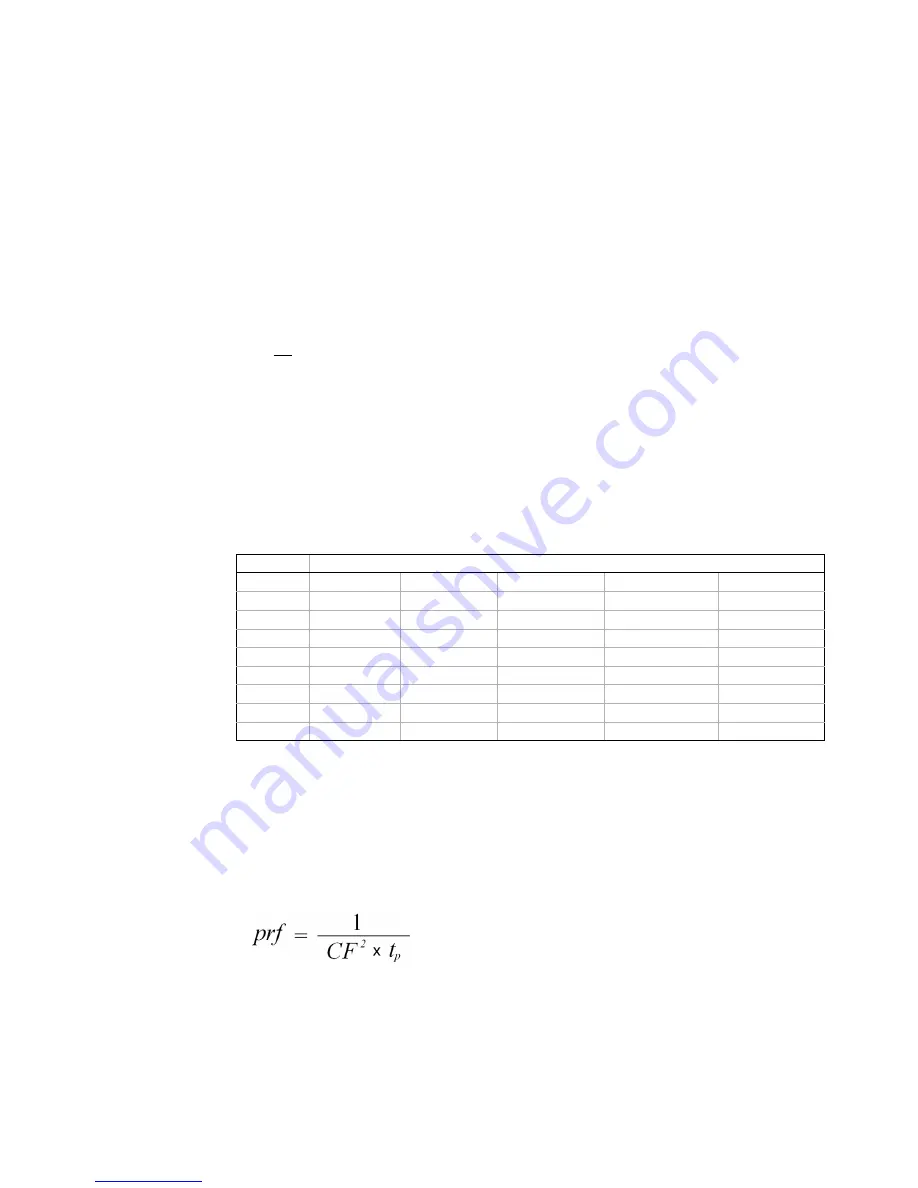
34405A User’s and Service Guide
55
Measurement Tutorial
3
With this multimeter, as discussed in the previous section, the focal issue
is high–frequency signal content which exceeds the multimeter’s
bandwidth.
For periodic signals, the combination of crest factor and repetition rate
can suggest the amount of high–frequency content and associated
measurement error. The first zero crossing of a simple pulse occurs at
This gives an immediate impression of the high- frequency content by
identifying where this crossing occurs as a function of crest
factor:
The following table shows the typical error for various pulse waveforms as
a function of input pulse frequency:
This table gives an additional error for each waveform, to be added to the
value from the accuracy table provided in the Specifications chapter.
Example:
A pulse train with level 1 V
rms
, is measured on the 1 V range. It
has pulse heights of 3 V (that is, a Crest Factor of 3) and duration 111
m
s.
The prf can be calculated to be 1000 Hz, as follows:
Thus, from the table above, this AC waveform can be measured with 0.18
percent additional error.
Typical error for square wave, triangular wave, and pulse trains of CF=3, 5, or 10
prf
square wave triangle wave
CF=3
CF=5
CF=10
200
–
0.02%
0.00%
–
0.04%
–
0.09%
–
0.34%
1000
–
0.07%
0.00%
–
0.18%
–
0.44%
–
1.71%
2000
–
0.14%
0.00%
–
0.34%
–
0.88%
–
3.52%
5000
–
0.34%
0.00%
–
0.84%
–
2.29%
–
8.34%
10000
–
0.68%
0.00%
–
1.75%
–
4.94%
–
26.00%
20000
–
1.28%
0.00%
–
3.07%
–
8.20%
–
45.70%
50000
–
3.41%
–
0.04%
–
6.75%
–
32.0%
–
65.30%
100000
–
5.10%
–
0.12%
–
21.8%
–
50.6%
–
75.40%
p
t
f
1
1
=
prf
CF
f
⋅
=
2
1
Downloaded from
www.Manualslib.com
manuals search engine

